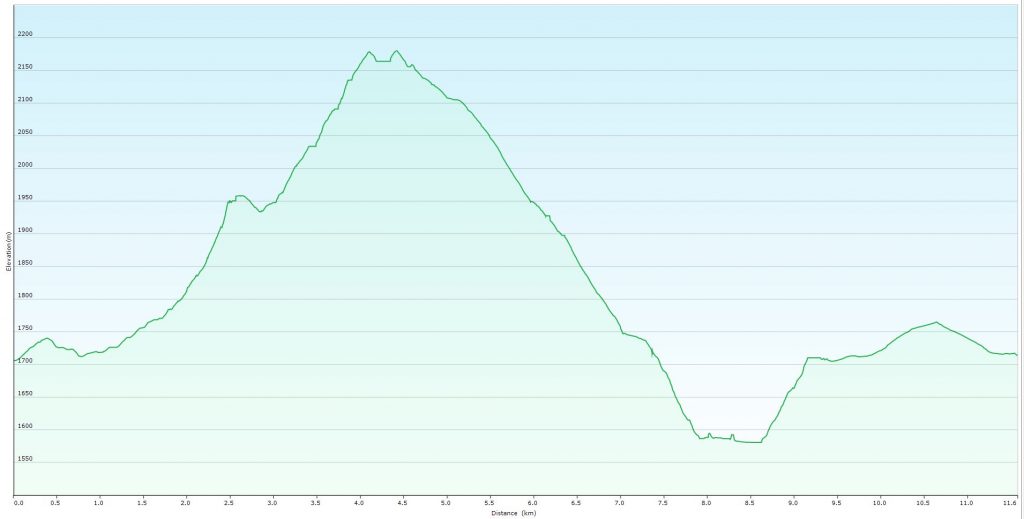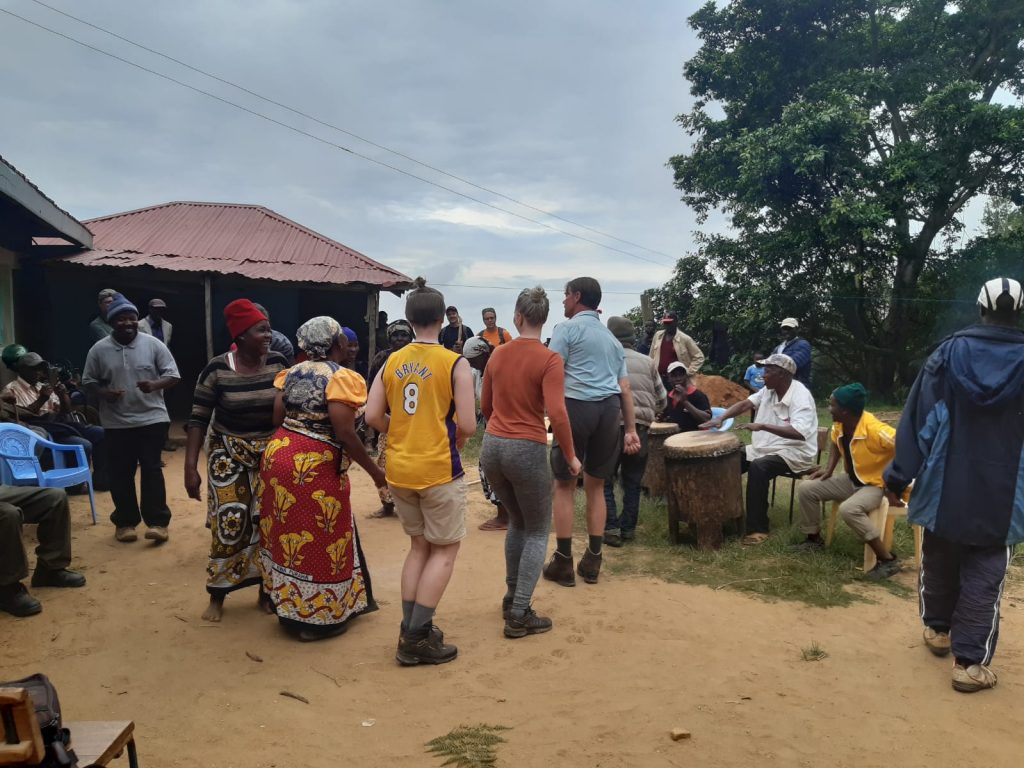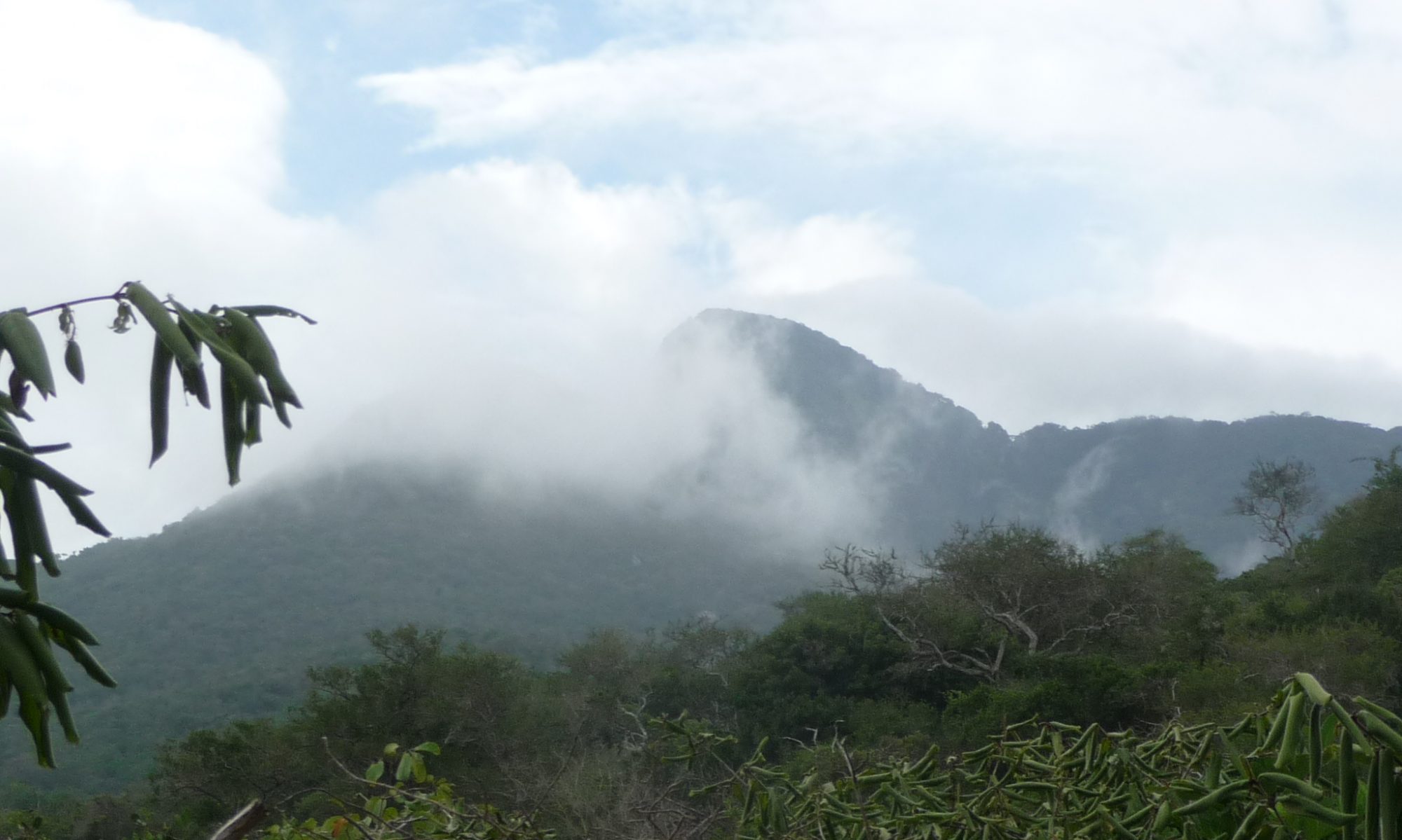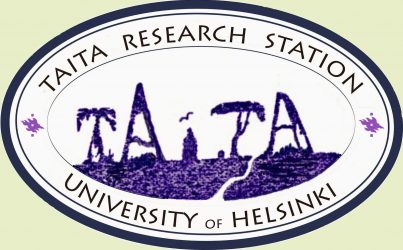On Thursday morning we prepared ourselves for an ‘easy’ hike to Vuria, the highest peak in Taita Hills.

One of the lovely staff members who was supposed to guide us through the forest, unfortunately couldn’t join us and thus students’ task for the day was to help navigating through the forest to the top.

Our route went through forest and cropland around Vuria Hill to the 2257 meters high peak. Forest in Vuria is gazetted which means it is formally conserved forest managed by Kenya Forest Service. However, it is not a national park as Ngangao forest and thus is not as highly conserved.

A few Finns at the front decided to take the ‘shorter and steeper’ path, ignoring the advises of our local companion, and it didn’t take long after we noticed that part of the group has already got lost in the forest. Luckily the mobile signal from the tower on the top was strong and soon we managed to get the group together. Using Prof. Pellikka’s umbrella as a machete we managed to get through the jungle. Suddenly the fog disappeared and we found ourselves above the clouds, looking down to surrounding idyllic African savanna opening below the moving clouds.

Our adventure continued in more cultural way, as we visited Taita peoples’ sacred site, the Skull Cave. We were honored to have the opportunity to visit the cave and to take part in rituals and a feast after the visit. Our evening with Taita people continued in cheerful party where Prof. Pellikka and some other students joined in the traditional dances.




 r
r